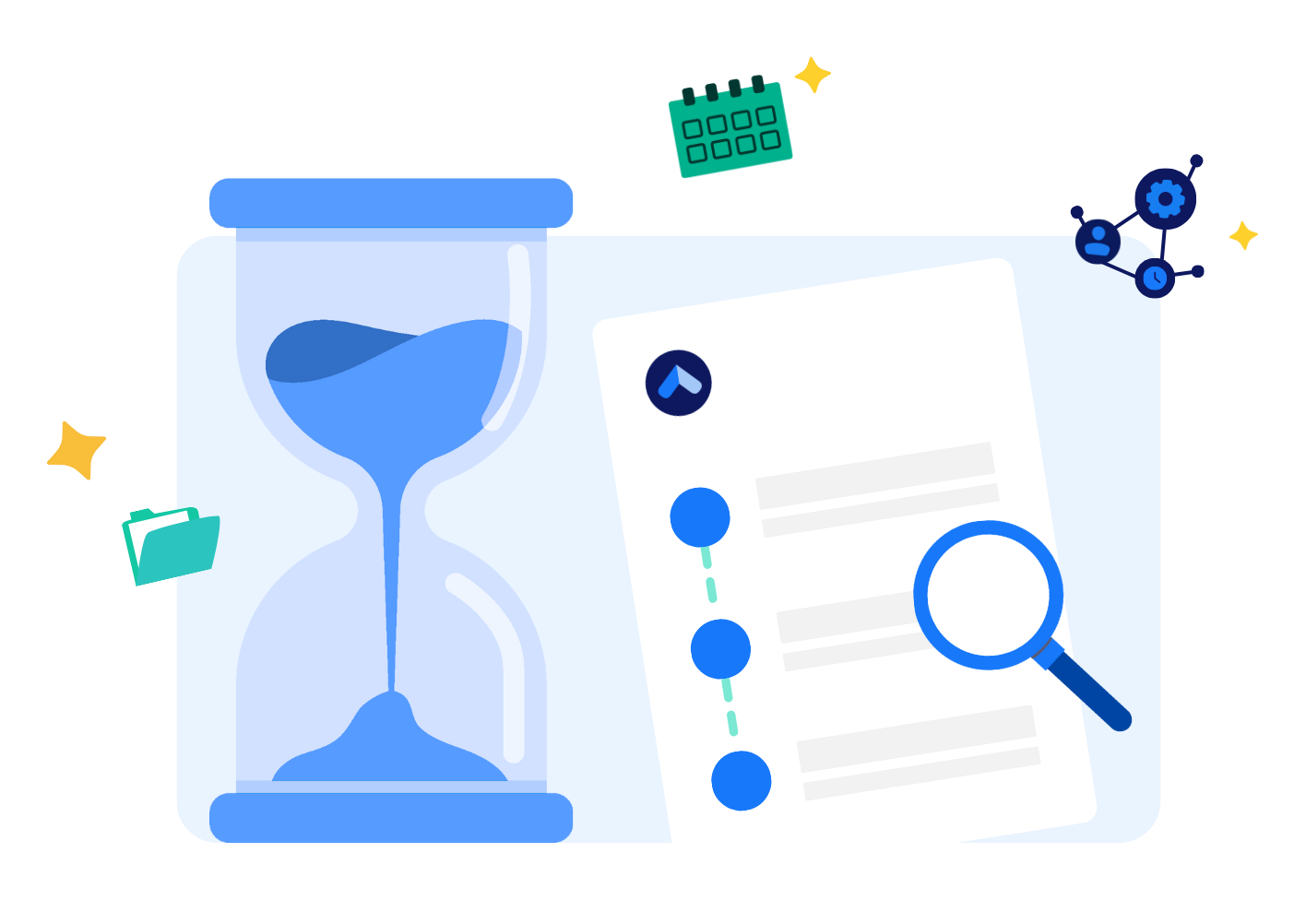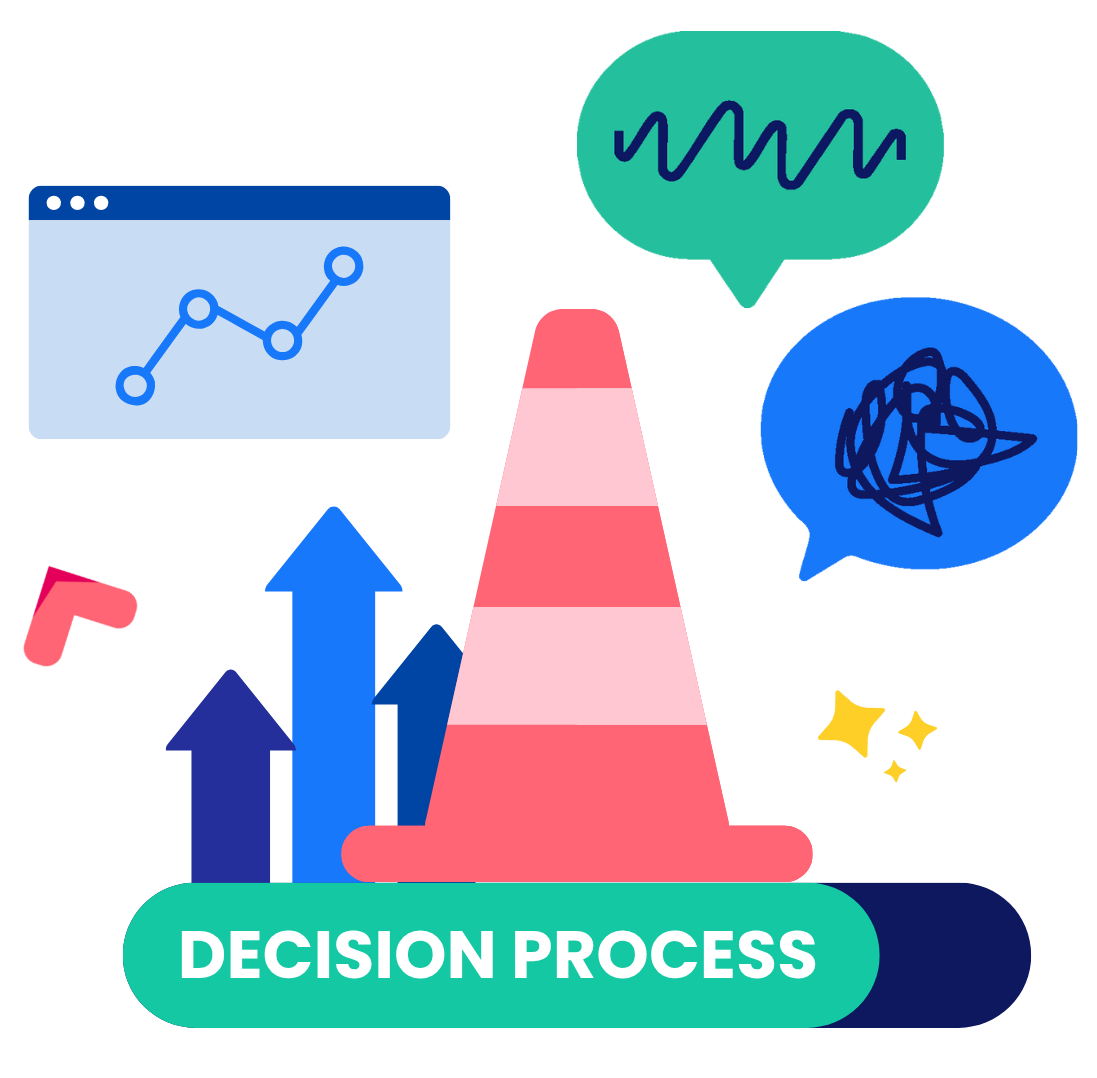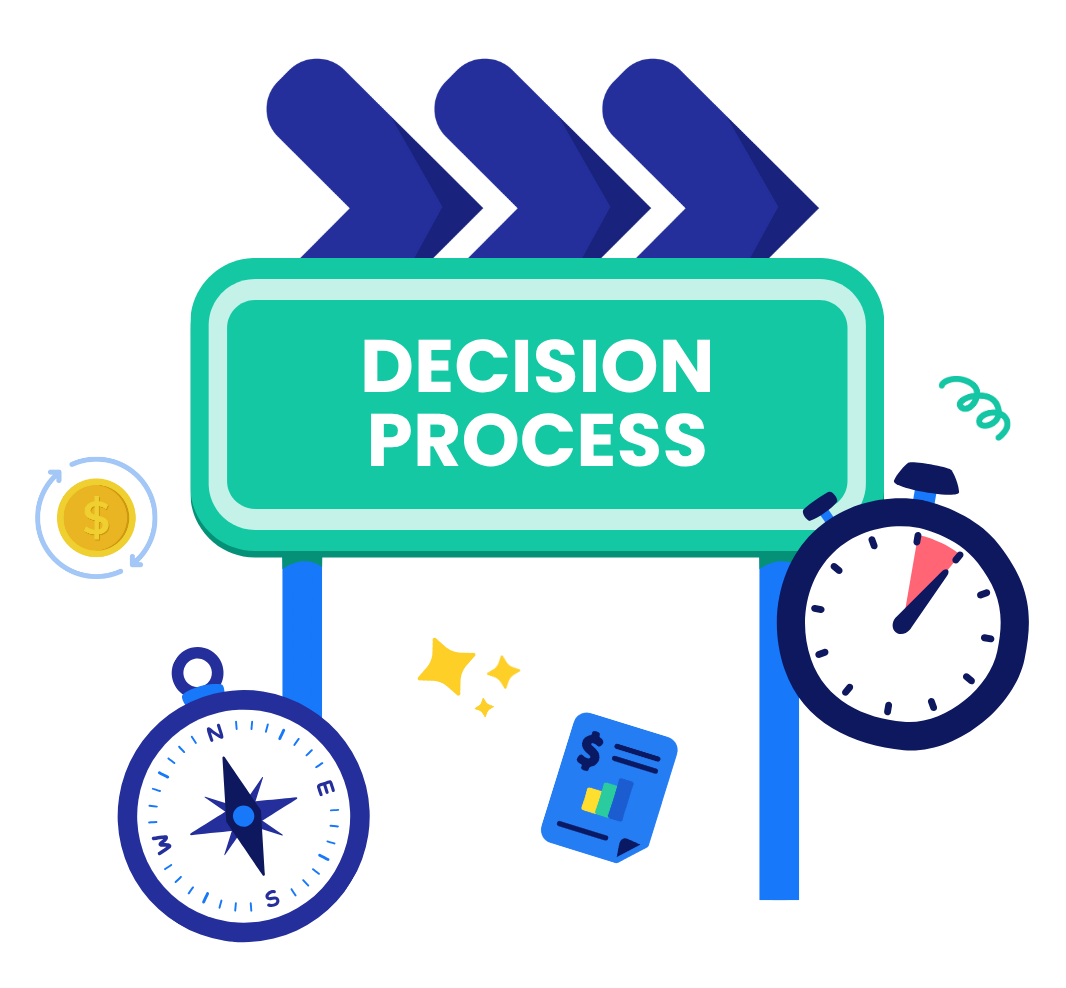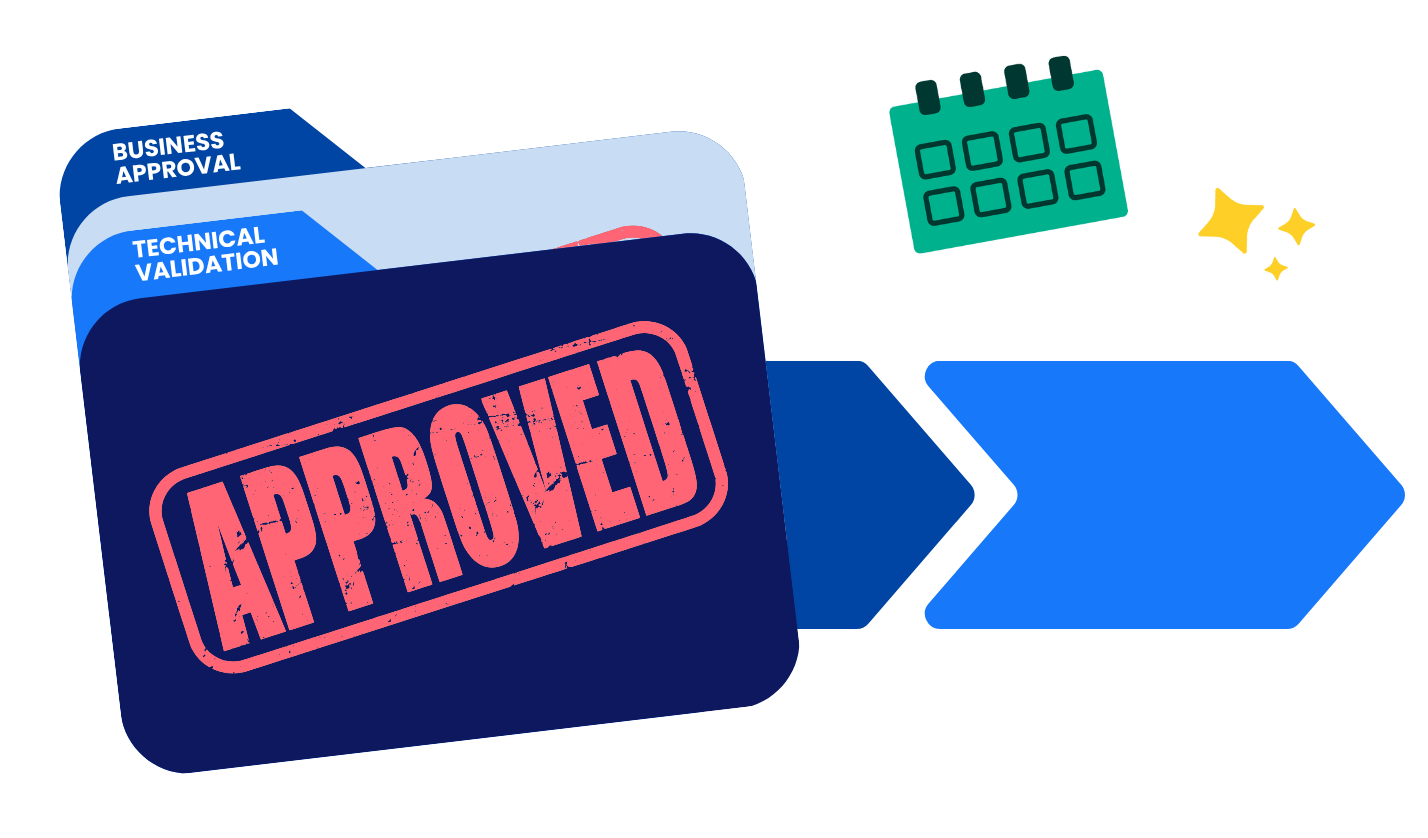The Decision Process is the series of steps that the buyer will follow to make a decision.

Decision Process in Sales: Where Reps Often Go Wrong
At first glance, the Decision Process isn’t as mysterious as other MEDDPICC elements. When asked about it, most sellers will have an answer for where they are. Still, people do make mistakes when it comes to the Decision Process - and in this episode of Med Men, Andy and Pim delve into those mistakes.

MEDDPICC Explained In 10 Minutes!
MEDDIC as it was first known is the number one methodology in enterprise sales. This video gives a brief overview of each element of the most commonly implemented connotation of MEDDPICC and MEDDICC.

3 Sales Discovery Questions That Feel Like CHEATING
In this episode of MEDMEN, Andy and Pim reveal three crucial prospect/customer questions that will speed up the Decision Process and accelerate your deals. One of them feels like something out of a Jedi mind trick…



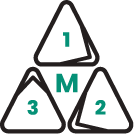

.png)





.png)
























%201.png)









